 |
A tiger in DPKY-FC, where scientists found the species is stable and reproducing at an impressive rate. Photo: DPKYWRS/Panthera Thailand . |
Deep in the evergreen forest of Dong Phayayen - Khao Yai Forest Complex (DPKY-FC), a spring trap is set, waiting for the moment when a tiger returns to mark its territory.
No one knows exactly when that happens, it could be a week or two, or longer, so the conservation team has to check the traps three times a day, according to CNN .
But this trap is not for poachers. It is part of an effort by conservationists to save the last remaining Indochinese tigers.
“Catching a tiger takes a lot of time and effort,” said Rattapan Pattanarangsan, conservation program manager for the nonprofit Panthera Thailand.
With just 20-30 individuals remaining in the 6,000 square kilometer forest, the effort is key to protecting the last of the species.
 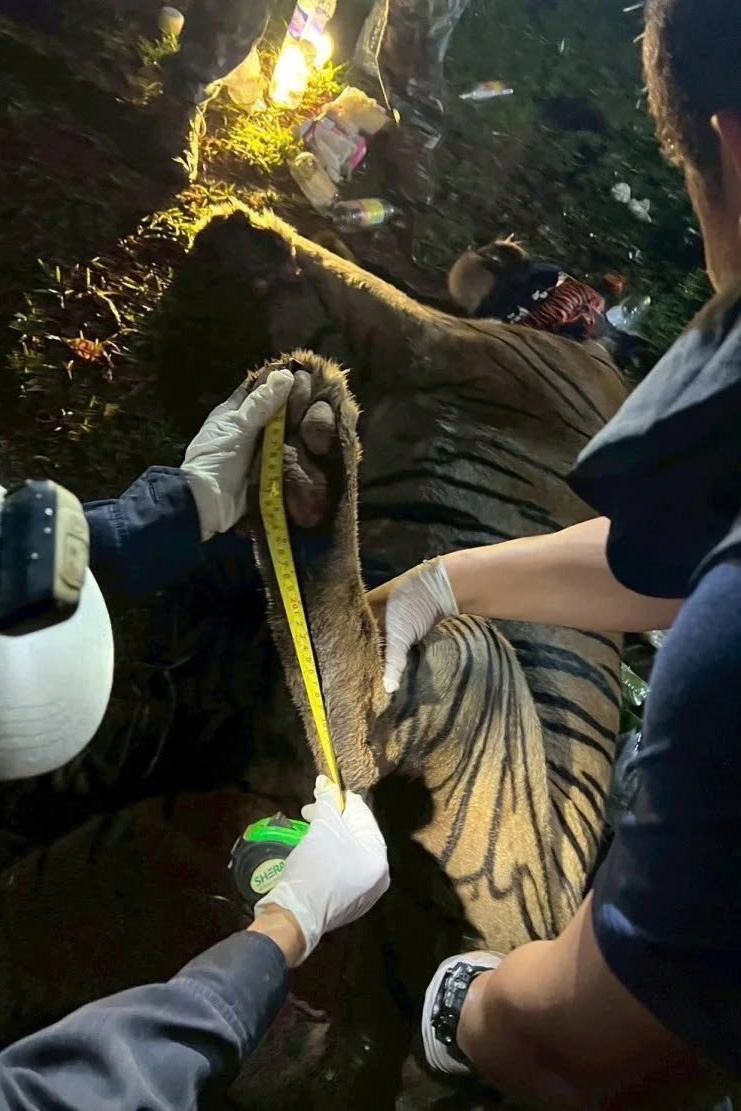 |
Scientists put GPS collars on tigers. Photo: National Park Service/Panthera. |
"Strange prey"
Thailand is the only country in Southeast Asia to record a recovery in its tiger population, but this achievement comes mainly from the western forest population, where the number of tigers tripled between 2007 and 2023.
Meanwhile, DPKY-FC is almost unchanged, despite very good forest conditions and a large enough area for tigers to expand their territory.
"If the forest is healthy, the tiger population must increase," Pattanarangsan said, adding that many areas have not seen any tigers for more than 10 years.
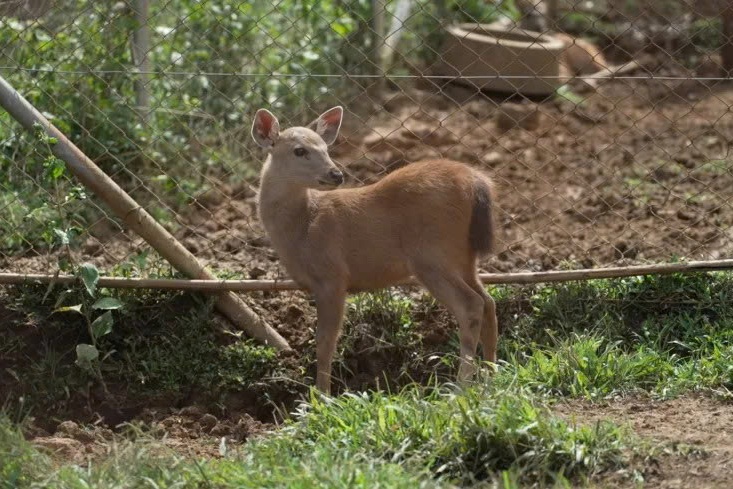 |
A sambar deer in Thailand. Photo: CNN/Charlie Miller. |
To find the answer, conservationists decided to attach GPS collars to three tigers, including an adult male named Srikosa and two cubs, Chantra and Pianporn.
Camera traps help determine which animals are where, but they need more in-depth data on the tigers' movements and feeding patterns.
Based on thousands of coordinates, the team determined the territory, path and hunting location of each individual, thereby discovering the remains of the "strange prey".
Tigers typically hunt large ungulates such as banteng, gaur or sambar deer, which can weigh up to 350 kg. But in DPKY-FC, all three tigers fed mainly on wild boar and muntjac (a small deer species), which weighed only about 10 kg.
This reinforces the findings of a study published last year that found a shortage of large animals in the region.
"Such behavior is very strange, reflecting scarce food resources," said Pattanarangsan.
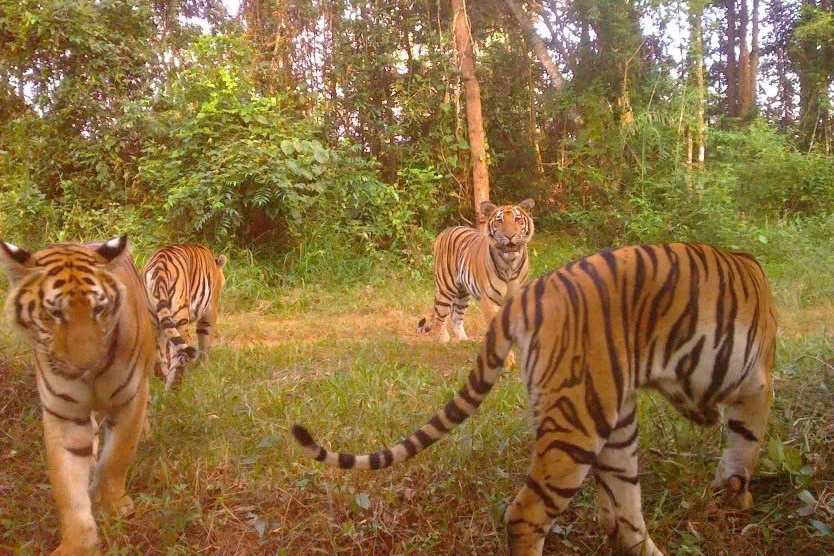 |
Tiger cub, about 13-14 months old, at a national park in Thailand, November 2024. Photo: Department of National Parks/Panthera. |
Threats
One of the three individuals named Chantra, meaning "full moon", because it was fitted with a GPS tracking ring on the full moon day, stands out for its special taste.
In addition to small ungulates, Chantra preyed primarily on porcupines. The team also found traces of it hunting and eating soft-shelled turtles and aquatic monitors. This is the first record of this type of prey for wild tigers in Thailand.
Chantra is also the smallest of the three. Although she left her mother earlier than her sister, her territory is only 24 square kilometers, half the size of Pianporn.
"Maybe because it is not picky and can eat anything, its body is smaller," Pattanarangsan analyzed.
Tigers with larger territories typically select larger prey, and thus have larger body sizes.
Chantra also has a curved tail like many big cats. This could be a sign of genetic problems due to inbreeding, as with a population of only 20-30 individuals, genetic diversity is very low.
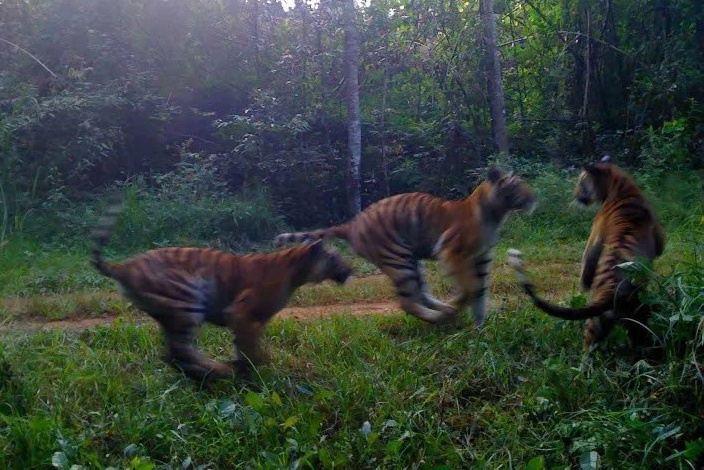 |
Tiger cubs play in one of five sanctuaries in DPKY-FC. Photo: National Park Service/Panthera. |
While continuing to collect data on tiger diets, the conservation team at DPKY-FC is increasingly assessing other risks.
To the left of DPKY, the Khao Yai National Park area is almost an "empty forest", with no more tigers living there.
Over the next few months, the forest will work with a wildlife crime expert to analyze all the risks involved, such as tiger poaching, prey poaching, habitat fragmentation by roads like Highway 304, and new dam projects.
These risks can create “too-easy access” for hunters. If the threats are understood and reduced, prey numbers will increase and tigers will increase.
Although the geolocating ring project is in its early stages, Pattanarangsan believes the initial data is crucial to guiding future conservation.
“In the first year, we are learning how to do it. Hopefully in the future there will be more funding to study the whole population,” said the conservationist.
Source: https://znews.vn/dieu-la-lam-o-nhung-con-ho-cuoi-cung-tai-thai-lan-post1606442.html



![[Photo] President Luong Cuong attends the 50th Anniversary of Laos National Day](/_next/image?url=https%3A%2F%2Fvphoto.vietnam.vn%2Fthumb%2F1200x675%2Fvietnam%2Fresource%2FIMAGE%2F2025%2F11%2F27%2F1764225638930_ndo_br_1-jpg.webp&w=3840&q=75)
![[Photo] Prime Minister Pham Minh Chinh chairs the 15th meeting of the Central Emulation and Reward Council](/_next/image?url=https%3A%2F%2Fvphoto.vietnam.vn%2Fthumb%2F1200x675%2Fvietnam%2Fresource%2FIMAGE%2F2025%2F11%2F27%2F1764245150205_dsc-1922-jpg.webp&w=3840&q=75)






































































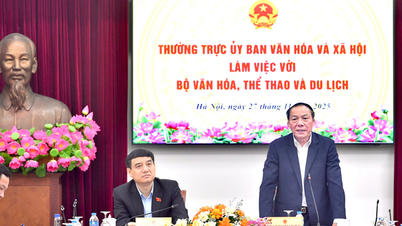

























Comment (0)